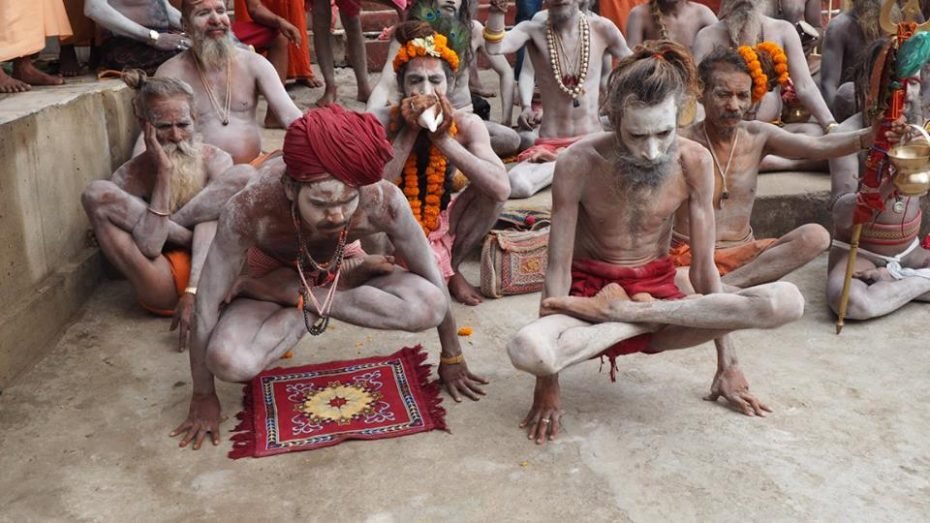Daniela Bevilacqua is an Indianist who is carrying out an important, and in many ways unprecedented, ethnographic research among the ascetic orders traditionally linked to the practice of yoga in the ancient times.
LeggiHatha Yoga Project
Lo yoga visto dai sadhu: intervista a Daniela Bevilacqua
Daniela Bevilacqua è un’indianista che sta svolgendo una importante e per molti versi inedita ricerca etnografica presso gli ordini ascetici più anticamente legati alla pratica dello yoga.
Leggi
